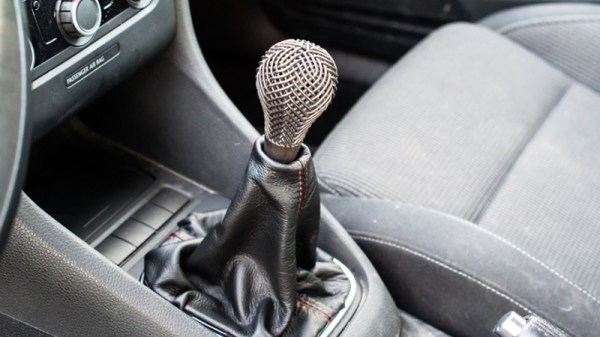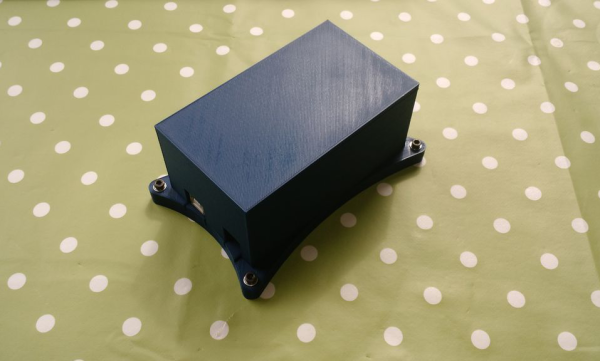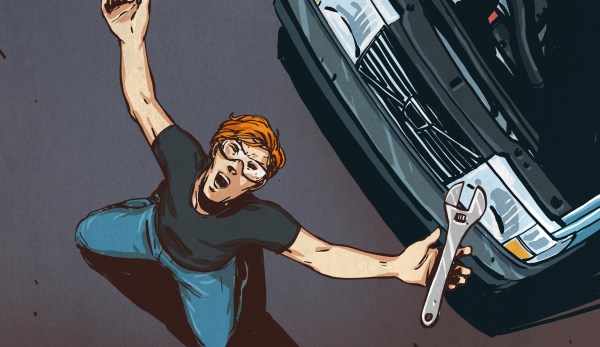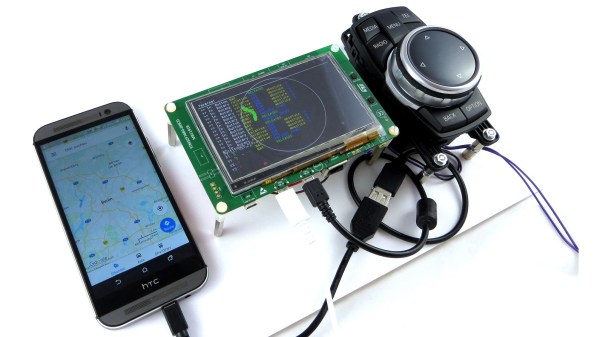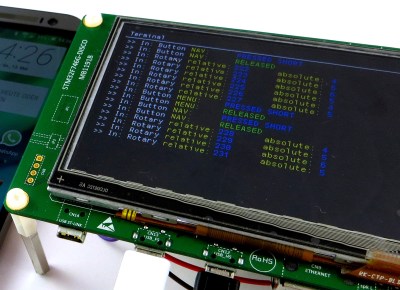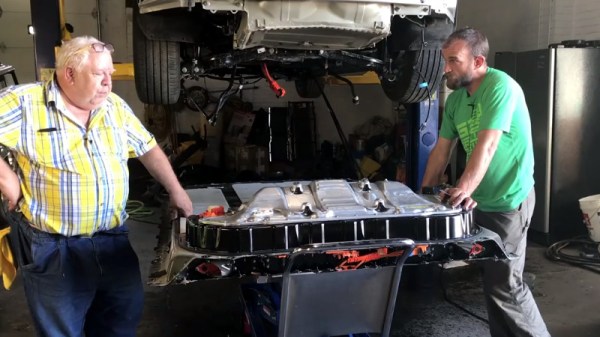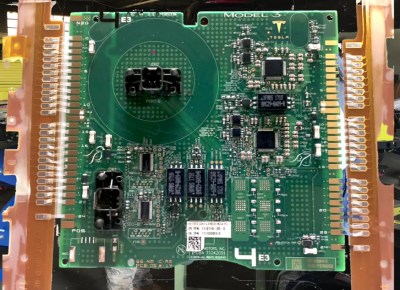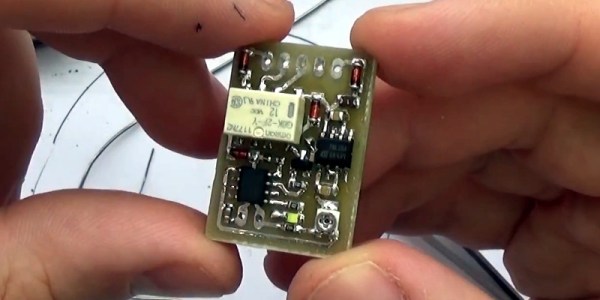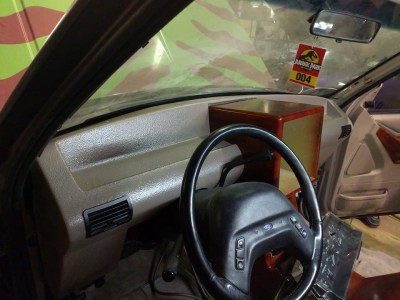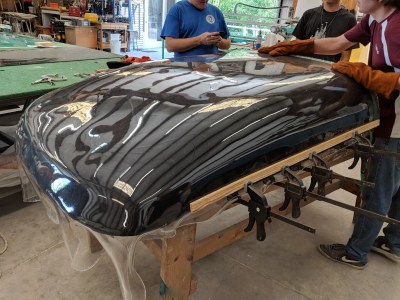Manual transmissions! Those blessed things that car enthusiasts swear by and everyone else pretends no longer exists. They’re usually shifted by using the gearstick, mounted in the centre console of the car. Swapping out the knob on the gearstick is a popular customization; you can have everything from 8-balls to skulls, to redback spiders mounted in epoxy, sitting proud atop your gearstick. It’s rare to see anything new under the sun, but [John Allwine] came up with something we’d never seen before.
[John]’s design leans heavily on the unique ability of additive manufacturing to produce complex hollow geometries that are incredibly difficult or impossible to produce with traditional subtractive methods. The part was designed in CAD software, and originally printed on a Makerbot in plastic. After this broke, it was decided to instead produce the part in stainless steel using Shapeway’s custom order process. You can even buy one yourself. This is a much smarter choice for a part such as a gearknob which undergoes heavy use in an automotive application. The part is printed with threads, but due to the imperfect printing process, these should be chased with a proper tap to ensure good fitment.
The design was eyecatching enough to grab the attention of a professional engineer from a 3D printing company, who worked with [John] to make the part out of titanium. It’s a very tough and hardy material, though [John] notes it was an arduous task to go about tapping the threads because of this.
It’s a great example of what can now be achieved with 3D printing technology. No longer must we settle for plastic – through services like Shapeways, it’s now possible to 3D print attractive metal parts in complex designs! And, if you’ve got the right friends, you can even step it up to titanium, too.
We’ve seen other takes on the 3D shifter handle, too – like this head.

